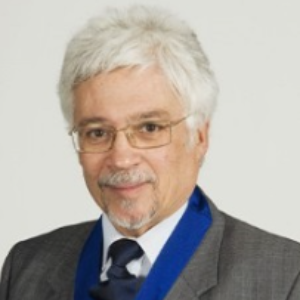Title : Spontaneous Neurological Recovery (SNR) following Traumatic Spinal Cord Injuries (TSCI)
Abstract:
Prior to the 2nd world war and for thousands of years TSCI challenged, frustrated and defeated the medical profession and the majority of patients died from a range of complications within two years of injury.
During the 2nd world war Ludwig Guttmann (Neurosurgeon) in the UK demonstrated that patients who undergo simultaneous Active Physiological Conservative Management (APCM) of the injured spine of patients with paralysis/paresis, multi-system physiological impairment and malfunction and the range of psycho-social problems from the first few hours or days of injury can not only survive and live long, healthy, enjoyable, dignified productive and often competitive but also many recover neurologically spontaneously without surgical, cellular of or other interventions on the spine or the spinal cord. He also observed that this SNR is achieved irrespective of the radiological presentation of the spinal injury on Xrays.
Frankel et al in 1965 studied the SNR in 612 patients with cord damage admitted to Stoke Mandeville Hospital within 15 days from injury and treated with APCM. They published these findings in 1969 having observed that about 60% of patients who present with long sensory tract sparing (without motor sparing), 70% of those who retain pin prick sensation and over 75% of patients presenting with sensory-motor sparing (however insignificant the motor power is clinically) will recover motor function and many are able to stand and walk without any intervention and irrespective of the radiological presentation on Xrays. These outcomes have been repeatedly and consistently confirmed and published over the last century since.
The development of CT & MRI scan encouraged reliance on the radiological appearances to promote surgery based on an unproven concept in humans and a strong belief extrapolated from the laboratory animal that there is a “window of opportunity” during which surgery and in particular decompression can halt many of the detrimental 2ry detrimental cellular and cell membrane disturbances; vascular, chemical, metabolic, inflammatory and enzymatic changes and possibly disruption of blood the brain barrier and the loss of auto-regulatory functions in the injured cord to improve neurological outcomes. This window was found to be four hours from injury in laboratory animal during which was impossible to test in humans.
A number of well-advertised studies in an attempt to demonstrate that decompression of the cord within 24 hours of injury yields numerically better outcomes than late surgery were published initially suggesting and subsequently claiming that early surgical decompression should become the Standard of Care in the management of TSCI.
Unfortunately the literature on SNR and its prognostic indicators was ignored; no attempt was made to explore or demonstrate equality never mind superiority of early or late surgical outcomes over those of APCM or entertain the possibility that the described improvement following early surgery only reflects the SNR or could indeed be inferior to the SNR that achieved with APCM. I will discuss the Rationale and outcomes of APCM and Surgical Management, the predictors, positive and negative factors that can influence SNR and the possible interpretations of the current findings in the literature.
I hope my presentation will enable you to:
- Become familiar with the extent of spontaneous neurological recovery and its clinical predictors following TSCI with or without surgical, cellular, hormonal or other intervention on the injured spine or spinal cord
- Become familiar with the current clinical controversy in managing the injured spine with spinal cord injury
- Enable you to better assess the literature on neurological & functional outcomes of management
- Highlight the limitations of the currently promoted method of assessment and documentation of the neurological effects of TSCI and reflect on the validity of current claims of added value of interventions
- Encourage you to be involved as an independent neurological assessor and interpreter of outcome studies




